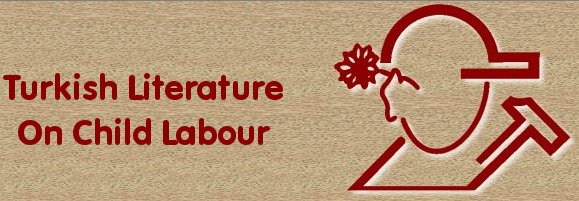Determination of Risk Factors for Child Labor; Comparison of Health Status of Children Workers and Students Attending School
Title of the Study: Determination of Risk Factors for Child Labor; Comparison of Health Status of Children Workers and Students Attending School
Type of the Study: Medical Specialization Thesis
Author of the Study: Dr. Binali Çıtak
Presentation,
Year/Place of Publication: Denizli, 2006 (Pamukkale University Faculty of Medicine
Public Health Department)
Language of the Study: Turkish
Number of Pages: 102
Purpose: To evaluate the affect of family’s social status and some socio-demographic properties on children workers and to compare the health status of the children working and the children going to school.
Content: In the first chapter an introduction takes place. In the second chapter the concepts of child and child workers have explained and legitimate framework has brought up. In the third chapter, the method of the search has been described and in the fourth chapter findings have set forth.
Method: In the study, that effective factors on children workers has been searched, fact control method has been used. While child workers, aged 18 and under 18, taking education in the Vali Necati Bilican Occupational Education Center have considered as fact group, the students, aged 18 and under 18, taking education in the intensive high schools have considered as control group.
Excerpt: The relationship between family’s social status and child workers constitutes one of the main findings of this study. In one study carried out, unemployment of father, increases working of children 3 times has reported.
Some keywords: family, apprentice training, child labour, child health, social status, socio-demographic level, poverty
